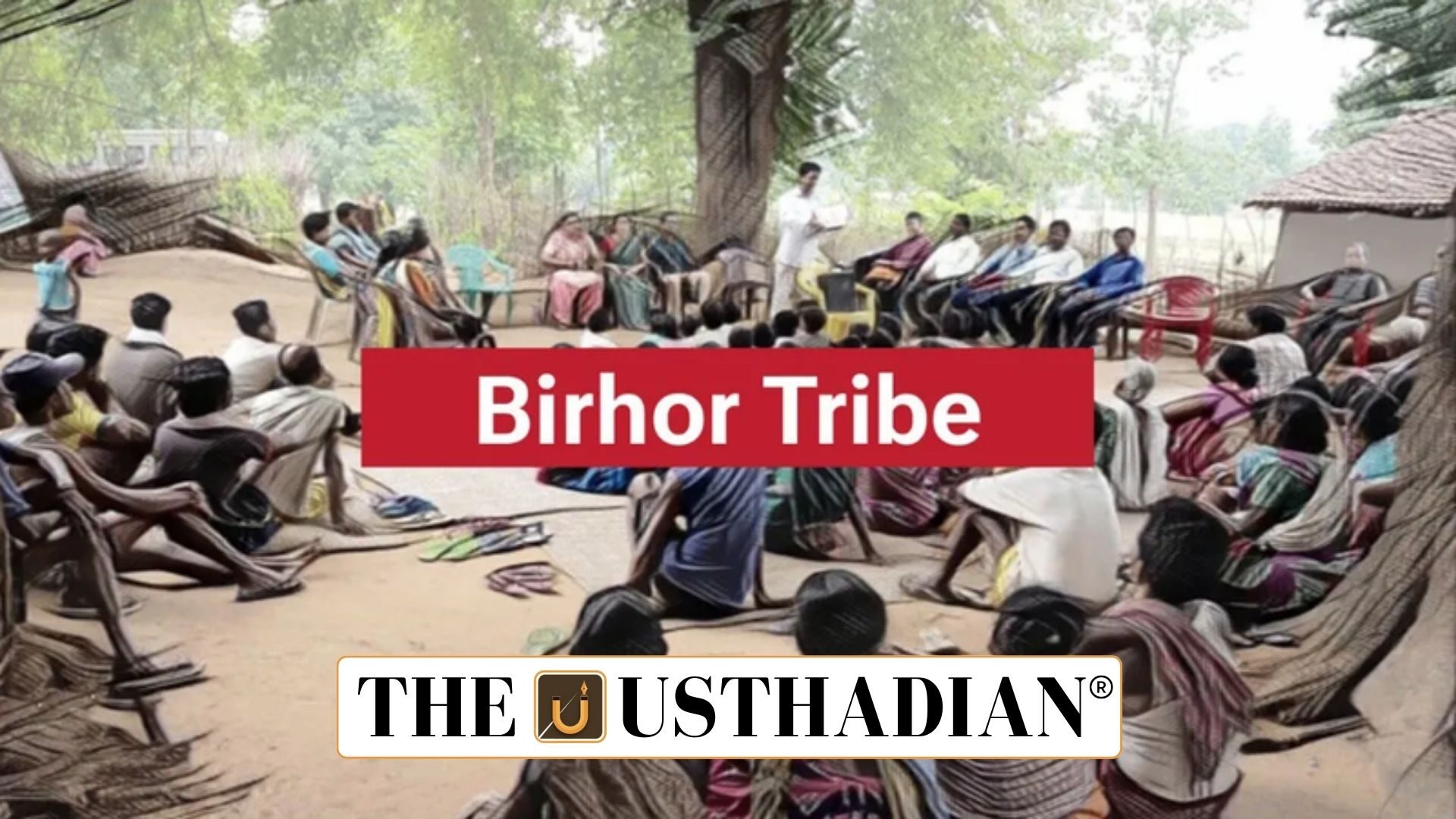Electrification milestone
Birhor Tribe Electrification in Jharkhand: Nearly 550 residents of Fulwariya hamlet in Jharkhand’s Koderma district witnessed electricity for the first time in almost 80 years. Most of them belong to the Birhor Tribe, a community recognized among the Particularly Vulnerable Tribal Groups (PVTGs) of India. A 63 KVA transformer was installed, marking a turning point in their social and economic life.
Government initiative
The electrification drive was carried out under the Ujjwala Yojana, overcoming challenges of road access through a reserved forest. Strict rules were implemented to protect forest ecology, including restrictions on high-beam lights and loudspeakers. The event is a step towards mainstreaming the PVTGs by expanding education, health, and livelihood opportunities.
Static GK fact: Jharkhand has a total of 32 tribal communities, out of which 8 are classified as PVTGs.
The Birhor Tribe identity
The Birhor are a semi-nomadic tribal community, mainly residing in Jharkhand, with smaller groups in Chhattisgarh, Odisha, and West Bengal. Their name translates to “people of the jungle”, reflecting their deep connection with forests. Ethnologically, they belong to the Proto-Australoid stock and practice a mix of animism and Hinduism.
Static GK Tip: The concept of PVTGs was introduced in 1973 by the Dhebar Commission to identify the most vulnerable tribal groups in India.
Language and cultural links
The Birhor language belongs to the Munda subgroup of the Austroasiatic family. It shares similarities with Santali, Mundari, and Ho. Due to interactions with mainstream society, many Birhors are bilingual or trilingual, also using Hindi, Bengali, or local dialects.
Physical and ethnological traits
Birhors are typically of short stature, with broad noses and wavy hair. They claim descent from the Sun, which connects them to groups like the Kharwars. Their traits show similarities with Santals, Mundas, and Hos, underlining a shared tribal lineage in the region.
Social structure
Birhor society is clan-based and organized into small tandas (temporary leaf huts). Community leadership rests with clan heads who resolve disputes and preserve unity. The social fabric emphasizes mutual support and cooperation, necessary for survival in forest environments.
Livelihood practices
Traditionally, the Birhors depended on hunting, gathering, and rope-making using vine fibres. They hunted monkeys and collected forest produce. The tribe is divided into Uthlus (nomadic) and Janghis (settled) groups. Their rich knowledge of medicinal plants continues to play a role in healthcare.
Static GK fact: India has 75 identified PVTGs across 18 states and 1 Union Territory.
Development challenges
Electrification faced hurdles due to forest laws, requiring special permissions to safeguard wildlife habitats. Despite the restrictions, this achievement is seen as a breakthrough in reducing isolation of marginalized tribal communities. Access to electricity is expected to enhance education, healthcare, and livelihood options, ensuring better integration with mainstream society.
Static Usthadian Current Affairs Table
Birhor Tribe Electrification in Jharkhand:
| Topic | Detail |
| Location | Fulwariya hamlet, Koderma district, Jharkhand |
| Beneficiaries | Around 550 residents, mainly Birhor Tribe |
| Power setup | 63 KVA transformer |
| Scheme | Ujjwala Yojana |
| Community status | Birhor classified as PVTG |
| Tribe distribution | Jharkhand, Chhattisgarh, Odisha, West Bengal |
| Language | Birhor language, Munda subgroup, Austroasiatic family |
| Traditional livelihood | Hunting, gathering, rope-making from vine fibre |
| Social setup | Clan-based, tandas (leaf huts), cooperative living |
| India’s PVTGs | 75 across 18 states and 1 Union Territory |








